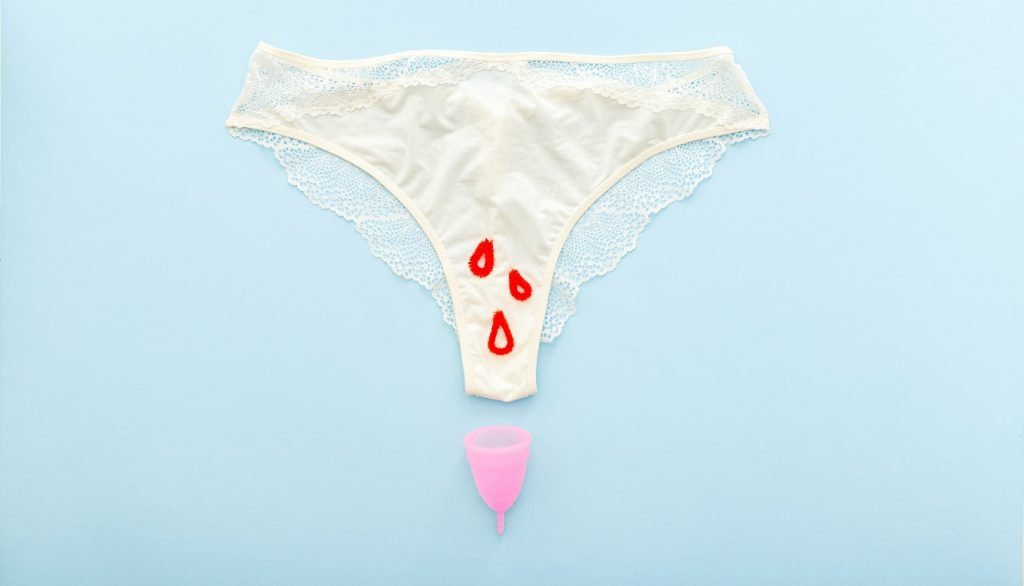I’m willing to bet almost every home has one. Hidden away in drawers or stuffed into shoeboxes, many of us have our own technology graveyards. Cables from old phones coiled with backup laptop chargers. Our new smartphone’s ancestors tucked away with dead batteries.
As our electronics keep improving, it's so easy to climb aboard the upgrade train.
But what should we do with all our electronic waste? Do we all become e-hoarders or pile our technology in the trash? This is a tough problem facing all of us today. We need to find new ways to recycle and repurpose our technology waste. As our lives become increasingly digital, we can’t ignore the huge rise in e-waste around the world.
We create more than 50 million tonnes of e-waste every year, as old cell phones and computer waste piles up. On average, less than 20% of that gets recycled. This type of waste isn’t just plastic or steel wires. Phone waste and other discarded technology often contain dangerous substances, leaching into the ground and contaminating our soil and water systems. Toxic contamination can ripple through our food systems, posing health risks to people all over the world. While e-waste makes up just 2% of American landfills, it accounts for over 70% of toxic waste.
Considering technology waste is expected to double from 2014 to 2030, we need to get the word out and help people understand the issue. For some of us, this problem just extends to our personal retired technology. In many wealthier nations, e-waste is simply shipped away — out of sight and out of mind. But then developing countries are forced to face the toxic consequences.
It’s understandable to feel overwhelmed. Obviously, technological progress doesn’t seem to be slowing down. But we can find ways to help make our digital lives healthier and more sustainable. There are ways to properly reuse and dispose of our tech, as well as sharing the e-waste burden more fairly. Understanding the issue better is the first step for many of us.
What is e-waste
E-waste doesn’t just include old iPhones. Here are some examples:
- Laptops and computers
- Monitors and televisions
- Cell phones and chargers
- Cables, mice, and keyboards
- Printers and copiers
- Batteries, smart watches, and headphones
These products often contain heavy metals and toxic substances, like lead and lithium. If recycled properly, some of these items also include precious substances, like gold, silver, or palladium — which could be recovered.
This list grows every year, as more and more possessions become ‘smart’ (like fridges and other appliances). There is often a high turnover rate as people upgrade to the newest and shiniest electronics. Coupled with shorter lifespans on cell phones and computers, technology waste continues to grow every year.
Why most people don’t handle e-waste correctly
There isn’t just one hurdle in the way of recycling our technology waste. Several important factors all work together to make this issue worse.
- For many people, there is a lack of education and knowledge about recycling. It's tough to know what can be recycled, and where to take it. As rules shift and types of e-waste change, we need to try and keep everyone up to date.
- Limited access to electronic recycling containers and services is a big problem as well. If you live far from a recycling site, or have large items that are difficult to transport, there can be physical barriers in the way. By expanding our recycling efforts, we can try to make it easier to do the right thing.
- For others, their attitude is the sticking point. If people have been frustrated by confusing recycling rules in the past or been misinformed about sustainability, they may not want to recycle. As a society, we need to take responsibility for our computer and phone waste, and encourage everyone to do the same.
Best ways to deal with e-waste
Not sure how to deal with e-waste? Here’s what you can do.
Produce less of your own e-waste
There are great steps we can each take to create less personal e-waste. Consider if you really need to upgrade your phone or computer. Many devices can last for years if they are taken care of. Keep your electronics clean. Research the best charging and battery habits to extend the life of their lithium batteries. Find uses for your old tech: older phones can go to friends or family in need, or find new lives as music players and universal TV remotes.
Organize your electronics
Don’t become an e-hoarder. Organize your cables and chargers, while keeping track of adapters and components. It’s easy to keep buying new cables or accessories if you’re not sure if you have one at home.
Check for Eco-friendly devices and Energy Star rated appliances
Many devices and appliances carry ratings showing off low-energy-consumption or easy recyclability. Promoting these devices can encourage other brands to do the same.
Support the Right to Repair
For years now, people have been fighting for the Right to Repair. Basically, this is a push for tech companies to make it easier for consumers to repair their own devices. Right to Repair has been gaining political steam recently and will hopefully become the industry standard in the future. If electronics are easier to repair, many unnecessary upgrades could be avoided.
Contact the manufacturer for recycling advice
Many brands will have recommendations about the best ways to recycle their products. If you’re not sure where to drop off your old device, it's best to ask.
Check with your city or waste management company
For batteries or other consumable electronics, check with your city or trash company. They might be able to give you options that would be hard to find on your own.
If you own a business, ship e-waste to Rubicon
Some recycling facilities charge high prices for companies to recycle electronics. Check out Rubicon for helpful options on a larger scale.
It’s easy to feel overwhelmed and just forget an old phone in a drawer. But e-waste is a growing problem and we all need to take responsibility. If we can reuse precious metals from our technology waste, those funds can create better recycling systems. If we can keep toxic e-waste out of our water and food, we can all live healthier and more sustainable lives. Reclaiming and re-using components can help us avoid technology shortages in the future. There are so many upsides to handling e-waste better. Together, we can get the word out and keep enjoying our tech without worrying about its impact on our planet.





